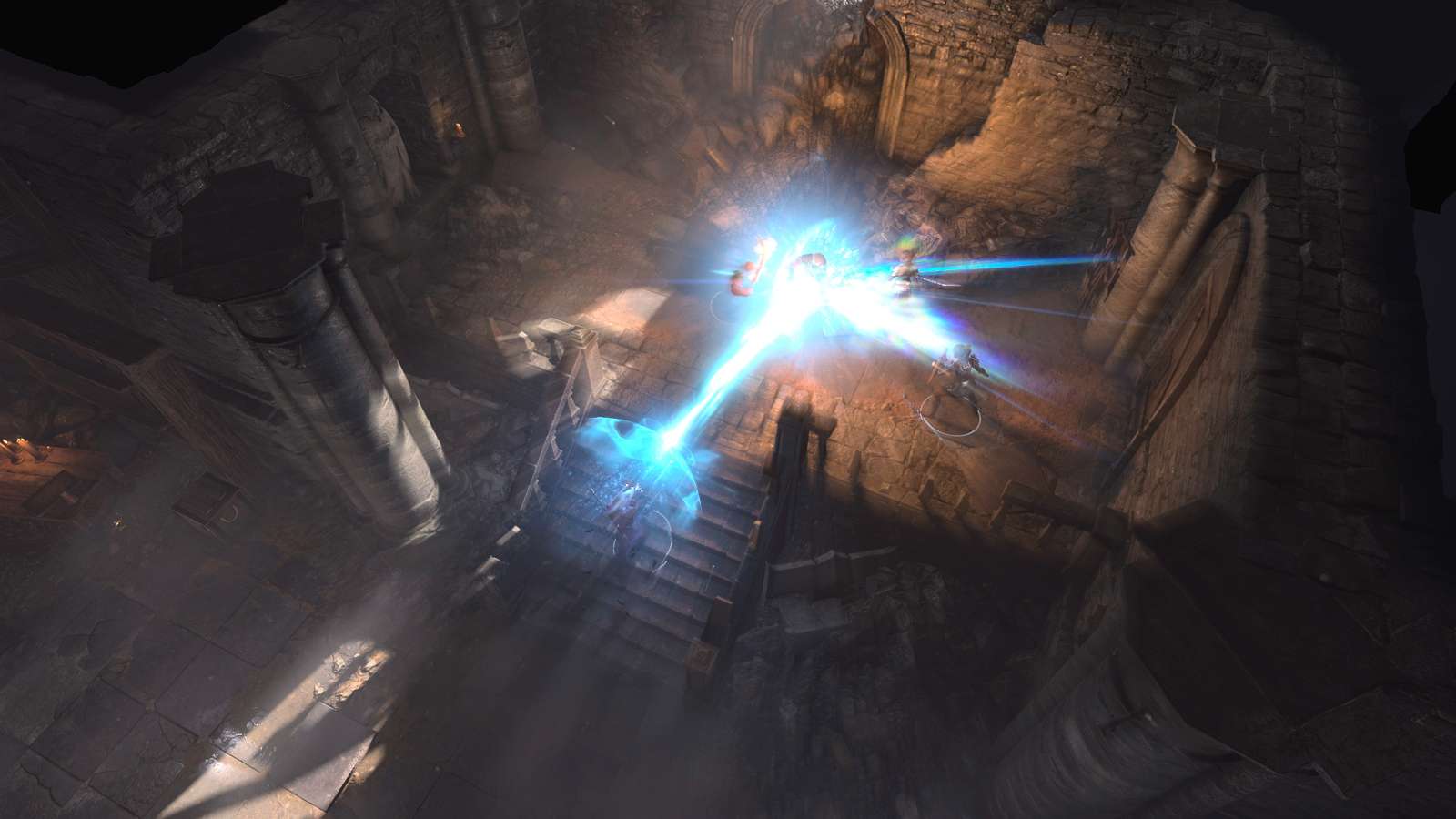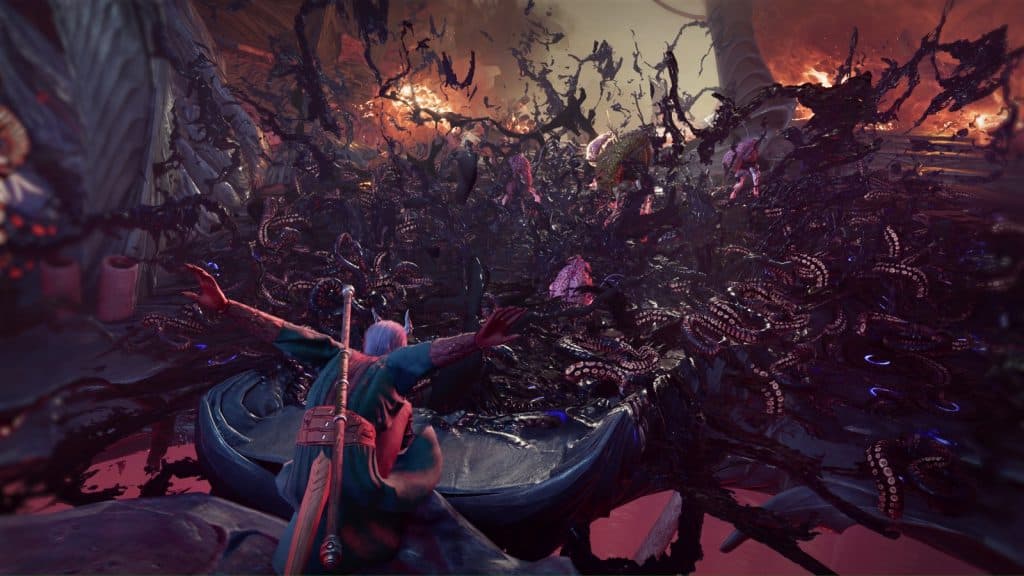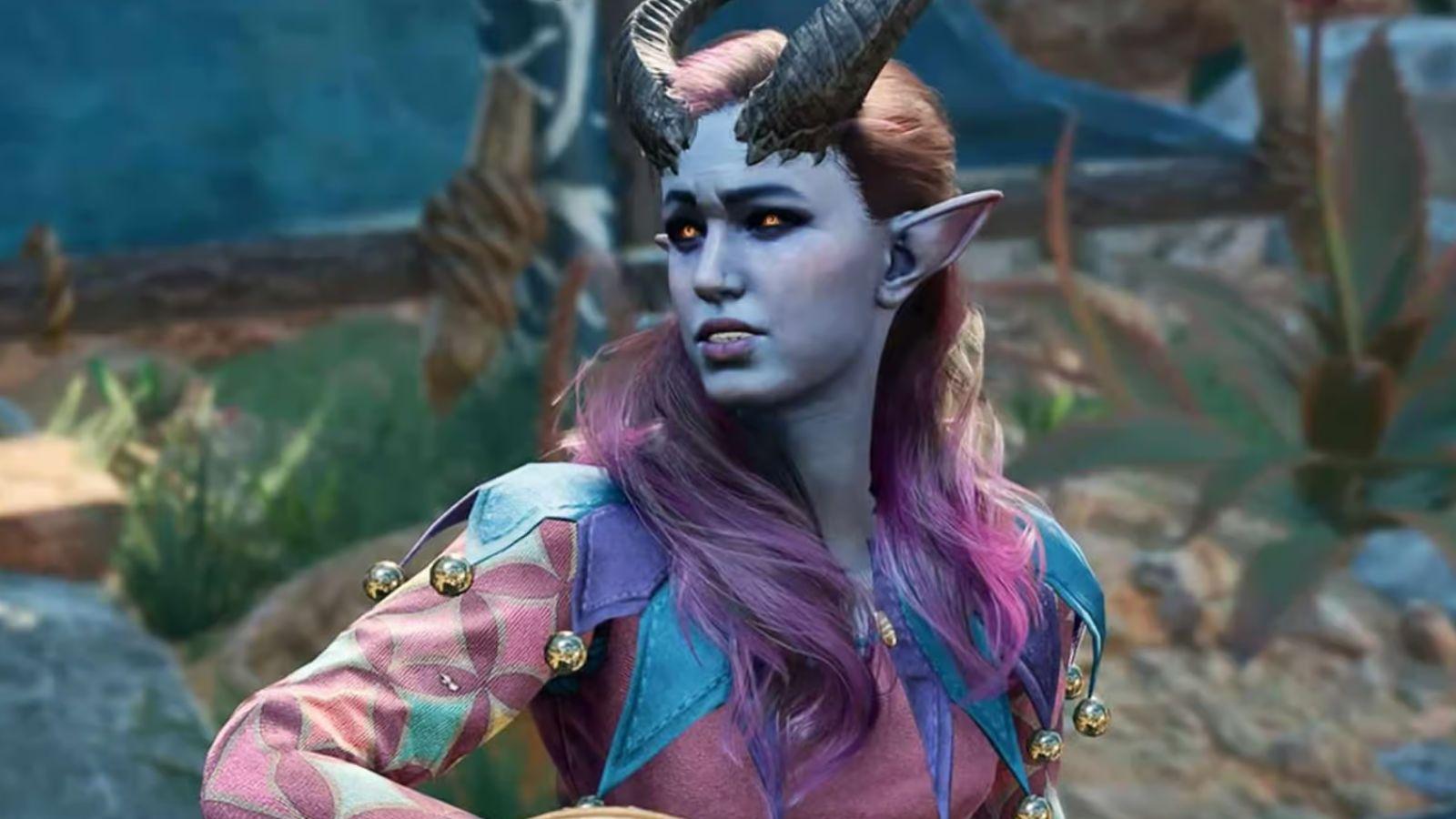Baldur’s Gate 3 has D&D players rethinking combat design
 Larian Studios
Larian StudiosPlaying Baldur’s Gate 3 has Dungeon Masters thinking about how to improve combat encounters in their own tabletop D&D games.
It’s safe to say Baldur’s Gate 3 is the most authentic Dungeons & Dragons adaptation to date. Larian Studios’ massive RPG gives players near-infinite freedom to explore the world, interact with characters, and take on challenges in whatever way they choose.
The game also offers deep, challenging combat encounters that force players to use all the tools at their disposal and really think about making the most of every turn.
Now, fans of both games are discussing how Dungeon Masters can take ideas from Baldur’s Gate 3 and incorporate them into D&D combat.
 Larian Studios
Larian StudiosDungeon Masters are learning from Baldur’s Gate 3
In a Reddit thread started by conn_r2112, players are considering the various ways Baldur’s Gate 3 makes combat so interesting by using tricks that DMs and players often forget about.
While some players worry about Baldur’s Gate 3 setting unreasonable expectations for the average DM in the vein of professionals like Matt Mercer and Brennan Lee Mulligan, others are using the game as a chance to improve their own sessions.
The most common ideas are incorporating more verticality and environmental hazards into D&D. Though both are possible in the tabletop game, they’re often underutilized.
Baldur’s Gate 3 uses both quite often, which allows players to get creative in how they take down enemies while also increasing the risk. A player could knock a foe off a ledge to deal fall damage or slip and use the Grease spell to make it harder for enemies to get around – or have the same things happen to them.
Encouraging players to push enemies around using the Shove action already included in Fifth Edition is another popular suggestion. While Shove is an action in 5e, Baldur’s Gate 3 makes it a bonus action. This greater accessibility to the move has allowed players to take better advantage of it, introducing many to its potential.
Some have pointed out that such things are generally easier to depict in a video game than in a tabletop setting. While some D&D campaigns use physical maps, many use theatre of the mind for combat, relying on the DM and player’s imagination to set the scene and keep track of everything.
Thankfully, modern tools like virtual tabletops are becoming more accessible and user-friendly. Between lessons from a game like Baldur’s Gate and services like Roll20, Foundry, and Wizards of the Coast’s upcoming official VTT – plus the sheer amount of official and unofficial D&D content available – it’s getting easier to design and run dynamic and memorable combat encounters that excite everyone at the table.



